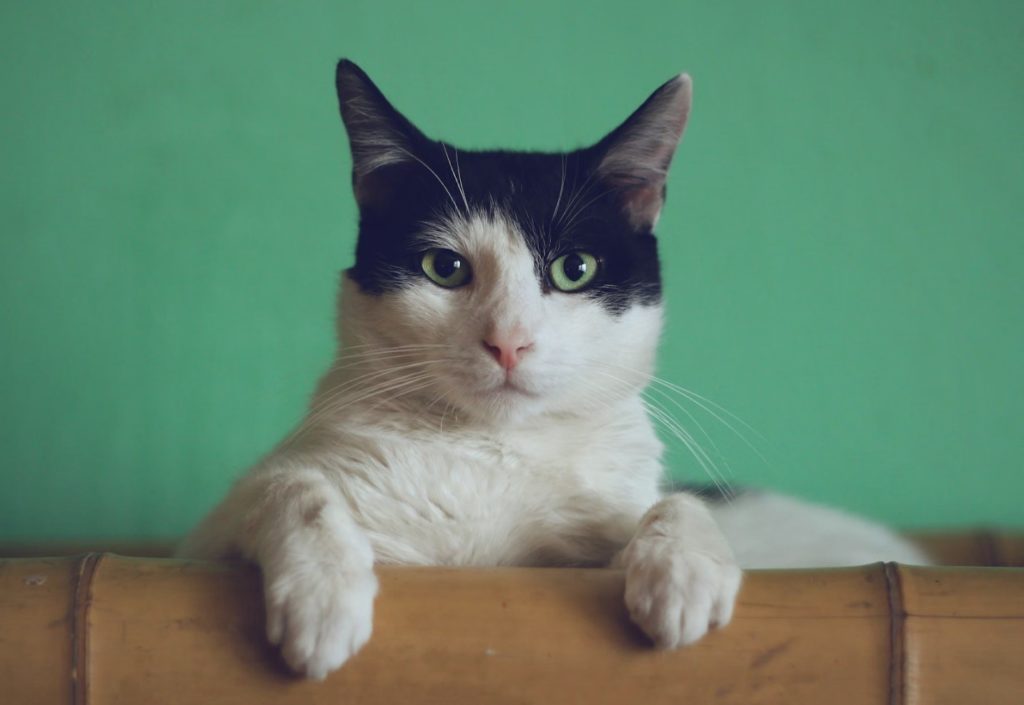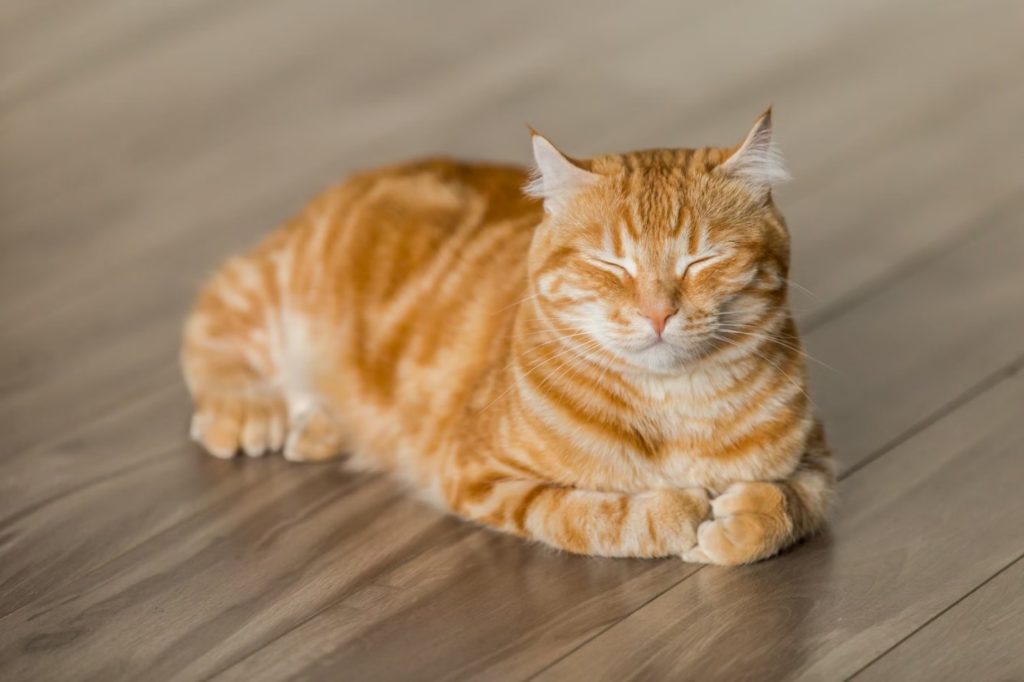We are always concerned about our health, but what about our pets? What we are talking about when we mention a healthy cat? Every cat owner is obliged to monitor not only its appearance but most importantly, its health. Cats are very smart and strong animals, fighters, and also kind of secretive. They will never show you that they are sick or injured. Cats’ problems are sometimes very difficult to notice. Regular checkups with your veterinarian and your knowledge of your cat’s behavior and traits can help you figure out if everything is okay with your cat.
The signs that you can tell if the cat is okay are slight changes in behavior and appearance, and the condition of the coat. Particular attention should be paid to nutrition and water intake.
Regular weighing
One of the first indicators of a cat’s health is its weight. If your cat is healthy, his weight will be stable. A decrease in weight indicates that your cat is not healthy. With regular weighing, you will always know your cat’s health status.
Condition of the coat
The appearance of the coat can tell you about nutrition, activity level, and overall health status. In a healthy condition, a cat’s coat should always be smooth, and pleasant to the touch, and without any bald spots or scratches. Inspect your cat’s coat regularly, because pests may appear there.
Eyes Health
If your cat has swelling, redness of the conjunctiva, profuse discharge from the eyes, and the cat is starting to squint, then you have a reason to go to the vet. A healthy cat’s eyes should look clear, moist, and responsive to bright light.
Ears health
The presence of crumbly, or dark brown wax may indicate the presence of ear mites. If these signs are found, a veterinarian should be consulted for help and a diagnostic examination should be performed.
Teeth state
If cats’ teeth are not properly and consistently observed, they can develop plaque and then tartar. If it ends with tartar, it can lead to inflamed gums and then tooth loss! It is possible to prevent the formation of tartar. To do this, you must give your cat solid food (dry food, special treats for cleaning teeth), brush your cat’s teeth with special toothpaste, and there are modern veterinary preparations (you can add them to water or food) that prevent the formation of tartar.
If the problem does occur, they need the help of a professional. Clinics usually offer the service of teeth cleaning with an ultrasound scaler or instrumental-mechanical procedure. The procedure is usually performed under general anesthesia because this is the only way to ensure that the teeth are properly cleaned from all sides.
Fur and claw care
Not only do humans need daily grooming, but pets need it as well. Cat owners should brush their cats’ coats regularly. Daily brushing will help your cat get rid of tangles, and it will also get rid of excess hair on your furniture. Especially if you have a cat with a lush coat like a norwegian forest cat. Brushing sometimes shows ectoparasites such as fleas and mites. Whether a cat walks outside or not, preventing and controlling fleas and ticks will be a valuable contribution to the overall health of your furry friend. Given the rate at which fleas breed, you should check your cat regularly for fleas. Some veterinary medications are effective in killing and/or repelling insects, so you should check with your veterinarian to find out what and how to treat your cat for fleas.
If mites are found, you should remove them because mites carry dangerous diseases. When removing the tick, make sure that you have removed the whole tick and its head. If the head of the tick remains in the cat’s skin, it may cause festering. There are special pinchers (tick removers) available in veterinary pharmacies. With these, you can quickly and easily remove the whole tick.
Also, don’t forget to take good care of your cat’s claws. Only trim the claws when necessary. Do not trim them if the cat is out walking (it will be difficult for it to climb a tree or other vertical surface in case of danger). Be careful not to damage any blood vessels or nerves in the claw.
To protect the new furniture and other items of furniture or if the cat is very aggressive, claws should be removed by a special operation (“soft claws”).
A less drastic, harmless, and painless way is to glue soft silicone nail caps (“anti-scratchers”). They are glued to the claws of your pet, and as the claws grow, the caps will fall off along with the dead claws. So, from time to time, you will have to glue new “anti-scratchers”.
One of the best things that you can make for preventing your cat from future diseases is to find the right nutrition. If you will balance your cat’s diet it can help to prevent problems with skin and teeth. The right food can be good for a cat’s intestine that can prevent obesity and a long list of other problems. What kind of diet needs your cat should be decided by the specialist. The vet will consider your cat’s lifestyle, individual features, and conditions.
One of the main rules with cat feeding is never to give them more than they need. Because pet obesity isn’t a cute and funny thing. It leads to multiple health problems that will need in the future expensive treatment. Arthritis, lower urinary tract diseases, and diabetes- are just a few problems that may occur because of obesity. So if you will be consistent and attentive with the cat’s food portion your cat and your budget will be grateful in the future.
Yes, it is hard sometimes to say no to your favorite friend when he meows to you and asks for some delicious thing you are eating. But people’s food isn’t part of the cat’s natural and essential diet. It is not meant to be eaten by the cat and it seldom has too many calories. So, try to avoid this kind of reward.



